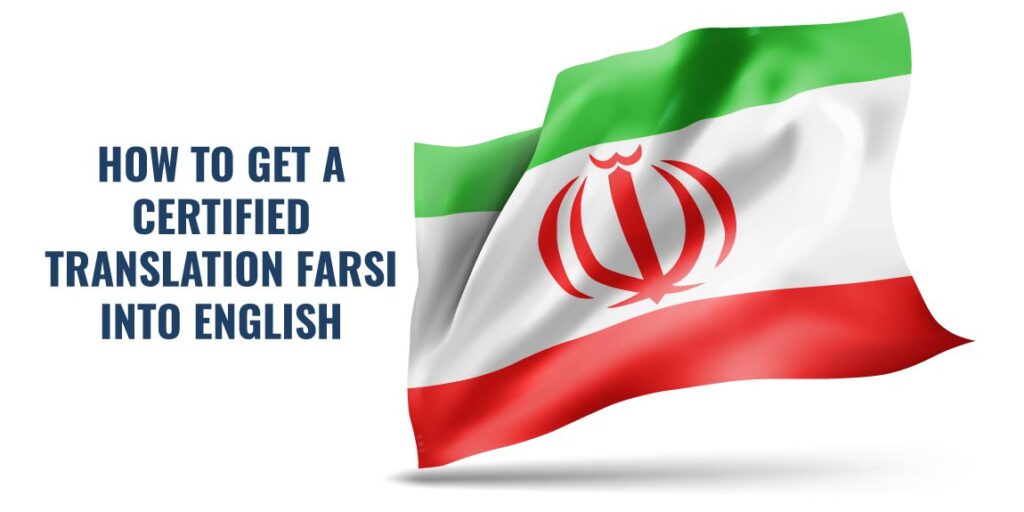Legal translation is a painstaking process that requires precision and accuracy. When it comes to Farsi legal translation, it is of utmost importance to ensure that your documents are translated correctly. Farsi, also known as Farsi, is a language steeped in historical and cultural nuances, which makes legal translation even more complex. This article examines the most common pitfalls encountered in Farsi legal translation and provides strategies to overcome them.
Table of Contents
- Lack of cultural understanding
- Language ambiguity
- Complexity of legal terminology
- Incorrect legal interpretation
- Compliance with legal standards
- Using machine translation tools
- Calibration and quality assurance
- Customer communication and feedback
- Initial and continuing education
- Conclusion
- FAQ
- What are the consequences of incorrect legal translations?
- How can translators overcome linguistic ambiguities in legal documents?
- What role does cultural understanding play in legal translation into Farsi?
- How can customers provide effective feedback during the translation process?
- What are the risks associated with machine translation in a legal context?
Lack of cultural understanding
The main drawback of legal translation into Farsi is the lack of cultural understanding. Not understanding the cultural nuances of the Farsi language can lead to misunderstandings and inaccuracies in legal documents. For example, idiomatic expressions and cultural references may not have direct equivalents in the target language, so a deep understanding of both cultures is required.
To overcome this hurdle, translators need to immerse themselves in the cultural context of both languages. Advice from native speakers and cultural experts provides valuable insight. Additionally, using localization techniques to adapt content to the target culture improves understanding and ensures accurate translation.
Language ambiguity
Another common challenge is the ambiguity of language, especially in legal terminology. Like any other language, Farsi has words and phrases that have multiple meanings and interpretations. Translating such ambiguous terms without context can create confusion and ambiguity in legal documents.
Translators must use strategies to effectively resolve linguistic ambiguities. Providing context through footnotes and annotations can help clarify ambiguous terms. Additionally, using glossaries and reference materials specific to legal terminology can help ensure accurate translations.
Complexity of legal terminology
The complexity of legal terminology is a major impediment to legal translation into Farsi, and legal documents often contain specialized terms and jargon that have no direct equivalent in Farsi. Accurate translation of such terms requires a deep understanding of the legal concepts of both languages.
Translators can meet this challenge by using specialized dictionaries and terminology databases specific to legal translation services. Working with legal professionals and advisors who speak both languages makes it easier to accurately interpret complex terminology.

Incorrect legal interpretation
Misunderstanding legal concepts is a major danger that must be avoided when translating legal documents into Farsi. Failure to understand the intricacies of legal terminology can lead to mistranslations and misrepresentation of legal intent.
To ensure accurate translations, translators must have a solid knowledge of legal principles and concepts. Obtaining clarification from legal or subject matter experts can help resolve ambiguities and ensure fidelity to the original text.
Compliance with legal standards
Compliance with legal standards is very important in legal translation into Farsi. Legal documents must comply with certain guidelines and regulations to ensure validity and enforceability.
Translators need to stay abreast of legal developments and regulatory requirements in both source and target languages. Implementing quality assurance measures such as thorough review processes and adherence to established translation standards can help maintain legal integrity and compliance.
Using machine translation tools
Machine translation (MT) tools offer efficiency and speed, but they come with risks when it comes to legal translation. MT algorithms can struggle with nuances in legal language and cultural context, which can lead to inaccuracies and mistranslations.
Translators should be careful when relying on MT tools for legal translation. Complementing MT with human review and editing can help minimize errors and ensure accuracy. Additionally, incorporating post-editing processes to adjust MT output improves quality and consistency.
Calibration and quality assurance
Effective proofreading and quality assurance (QA) are essential for Farsi legal translation. Even minor errors or omissions can have significant legal implications, highlighting the importance of a thorough review process.
Translators must implement strict quality assurance protocols to detect and correct errors. Using a peer review or third-party proofreading service can provide an additional level of review. Additionally, maintaining careful documentation and version control facilitates traceability and accountability.
Customer communication and feedback
Clear and open communication with the client is essential for a successful Farsi legal translation. Translators must establish channels for ongoing dialogue and feedback to ensure alignment with client expectations and requirements.
Prioritizing customer input and incorporating feedback into the translation process fosters collaboration and improves satisfaction. Proactive communication about project timelines, deliverables, and potential challenges promotes transparency and builds trust.
Initial and continuing education
It is important for Farsi legal translators to continually develop their professional capabilities to keep up with evolving language trends and legal developments. By investing in education and training, translators can hone their skills and expand their expertise. Attending legal translation courses and workshops can give you valuable insight and practical knowledge. Additionally, participation in professional associations and online communities fosters networking opportunities and facilitates the exchange of knowledge.
Conclusion
Tackling the complexities of legal translation into Farsi requires diligence, expertise, and a deep understanding of both legal and linguistic principles. By eliminating common pitfalls such as cultural misunderstandings, linguistic ambiguities, and legal complexities, translators can provide accurate, reliable translations that maintain legal integrity and compliance. Through continuous learning and the use of best practices, Farsi legal translators can effectively overcome challenges and ensure high-quality results for clients and stakeholders.
FAQ
What are the consequences of incorrect legal translations?
Inaccurate legal translations can have serious consequences, including lawsuits, financial liability, and reputational damage. Misinterpretation or mistranslation of legal documents can lead to misunderstandings, disputes, or invalid contracts, highlighting the importance of accurate and accurate translations in legal contexts.
How can translators overcome linguistic ambiguities in legal documents?
Translators should conduct thorough research, seek clarity from legal experts, and utilize specialized tools and resources. can be used to overcome language ambiguities. Providing context through footnotes and notes and using clear communication strategies also help clarify language and ensure accurate translation of legal terminology.
What role does cultural understanding play in legal translation into Farsi?
Cultural understanding is paramount in legal translation into Farsi, as it influences language use, interpretation of legal concepts, and communication style. Translators need a deep understanding of cultural nuances to accurately convey meaning and ensure the cultural sensitivity of legal documents.
How can customers provide effective feedback during the translation process?
Customers can provide effective feedback by clearly expressing their expectations, preferences, and concerns. Providing specific examples and references and maintaining open communication fosters collaboration and allows translators to respond effectively to customer feedback.
What are the risks associated with machine translation in a legal context?
Machine translation (MT) tools pose risks to legal translation due to their limited ability to capture the nuances of legal language and cultural context. Errors and mistranslations generated by MT algorithms can impact accuracy and legal integrity, highlighting the importance of human oversight and quality assurance.


